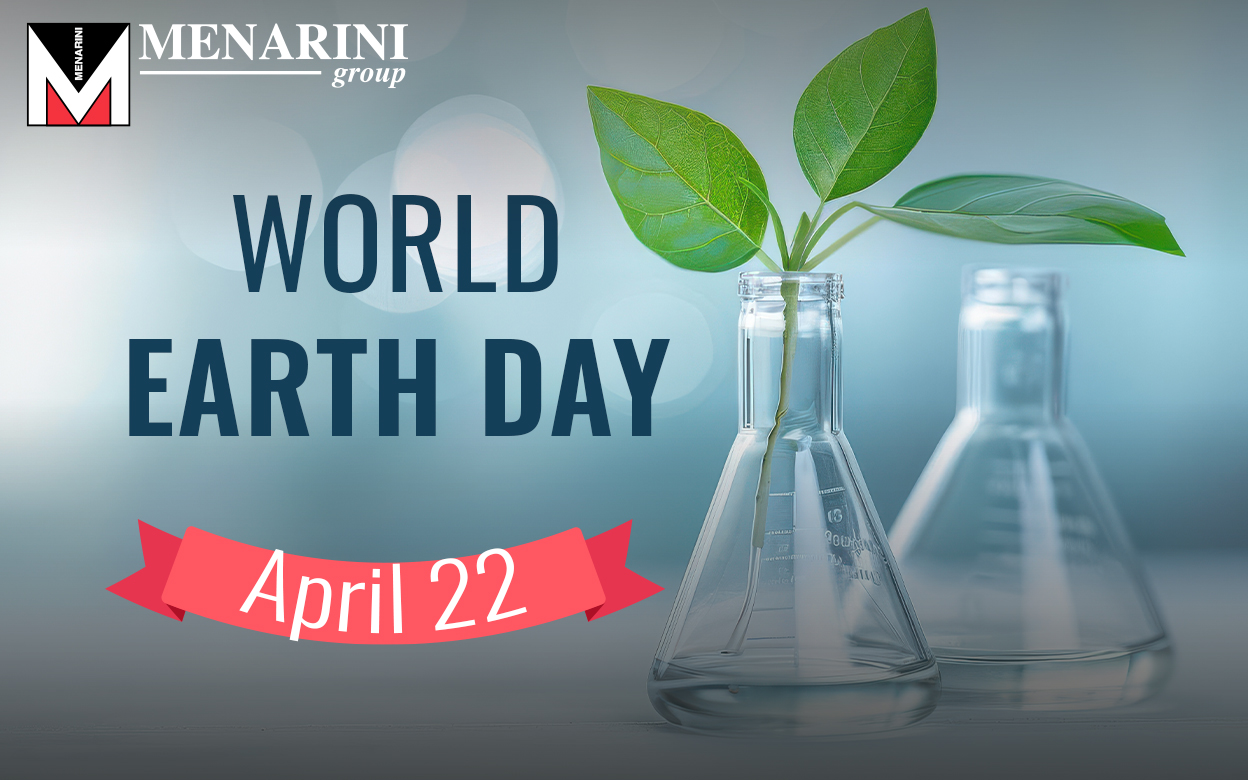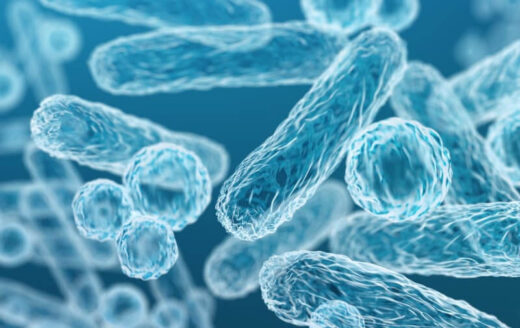Global Health in 2025: Forests, Water and AMR Prevention

April 22nd is World Earth Day, a global call to honor and protect the planet we all share. Established in 1970, this annual observance now mobilizes over a billion people in more than 190 countries to take action for the environment. World Earth Day 2025 is a timely reminder that safeguarding nature is not just an ecological responsibility, but a health imperative.
Spring’s arrival in March has brought two more global events celebrating Earth’s life-sustaining foundations: the International Day of Forests on March 21 and World Water Day on March 22. These annual observances extend beyond raising environmental awareness, providing an opportunity to reflect on humanity’s relationship with the natural resources that sustain both our planet and our existence.
A Global Call for Forest and Water Conservation
The United Nations General Assembly established the International Day of Forests on March 21, 2012, creating a worldwide framework for forest conservation efforts. World Water Day, observed since 1993, follows on March 22. These events address critical environmental challenges, with World Water Day highlighting a pressing reality: 2.2 billion people still lack access to safe water, driving global efforts to achieve universal access to water by 2030.
The International Day of Forests 2025 focused on the theme Forests and Foods, revealing the profound connection between forest ecosystems and global food security. Forests support the livelihoods of more than 5 billion people, providing food, medicine and income. They form the foundation of agricultural systems by nurturing pollinators, maintaining soil health, and protecting crops. In rural areas, forests generate up to 20% of household income, particularly benefiting the poorest communities through access to nutritious food. Their impact extends to water security, with forested watersheds supplying freshwater to over 85% of the world’s major cities and improving water quality for 1.7 billion urban residents.
 World Water Day 2025 centered on Glacier Preservation, examining these frozen “water towers” that hold 70% of Earth’s freshwater – a mere 3% of the planet’s total water, while the remaining 97% is either salt water or otherwise undrinkable. Beyond their role as water reservoirs, glaciers serve as natural archives, their layers preserving 800,000 years of climate history through trapped air bubbles, pollen, and dust. However, climate change poses a severe threat to these vital systems, with accelerating glacier melt potentially raising sea levels by over 60 meters and disrupting Earth’s 4.5-billion-year-old water cycle – our planet’s natural recycling system.
World Water Day 2025 centered on Glacier Preservation, examining these frozen “water towers” that hold 70% of Earth’s freshwater – a mere 3% of the planet’s total water, while the remaining 97% is either salt water or otherwise undrinkable. Beyond their role as water reservoirs, glaciers serve as natural archives, their layers preserving 800,000 years of climate history through trapped air bubbles, pollen, and dust. However, climate change poses a severe threat to these vital systems, with accelerating glacier melt potentially raising sea levels by over 60 meters and disrupting Earth’s 4.5-billion-year-old water cycle – our planet’s natural recycling system.
These events underscore how deeply interconnected our planet’s resources are. As forests help combat climate change and maintain biodiversity, sustainable freshwater management becomes crucial for development. This recognition drives communities worldwide to protect these essential resources, understanding that environmental health directly impacts human survival.
Where Environmental Health Meets Human Health: Antimicrobial Resistance
The connection between ecosystem preservation and public health has become increasingly evident, particularly in addressing the growing threat of antimicrobial resistance. This challenge is one of the biggest healthcare concerns, as environmental degradation increasingly contributes to one of medicine’s most pressing threats.
 Antimicrobial resistance (AMR) develops when bacteria, viruses, fungi, and parasites evolve to withstand medicines, making infections harder to treat and increasing disease spread risk. While the misuse of antimicrobials in humans, animals, and plants has accelerated this global threat, environmental factors play just as crucial a role. Environmental disruptions, including deforestation and water pollution, create ideal conditions for resistant bacterial strains to emerge and spread, fundamentally disrupting the natural balance that has historically kept these pathogens in check.
Antimicrobial resistance (AMR) develops when bacteria, viruses, fungi, and parasites evolve to withstand medicines, making infections harder to treat and increasing disease spread risk. While the misuse of antimicrobials in humans, animals, and plants has accelerated this global threat, environmental factors play just as crucial a role. Environmental disruptions, including deforestation and water pollution, create ideal conditions for resistant bacterial strains to emerge and spread, fundamentally disrupting the natural balance that has historically kept these pathogens in check.
Healthy ecosystems are vital in this context. Undisturbed forests and clean water systems act as nature’s defense mechanisms, maintaining the delicate balance of microbial communities that have evolved over millennia. These pristine environments create natural barriers that help prevent resistant pathogens, as well as pandemics, from emerging and spreading. By protecting these ecosystems and implementing sustainable water management practices, we safeguard both our natural resources and the ecological balance essential for controlling AMR.
Soil ecosystems, in particular, have long been a natural reservoir of antimicrobial compounds—many of the antibiotics foundational to modern medicine, such as penicillin, streptomycin, and tetracycline, were first discovered in soil bacteria. Preserving these environments is not only essential for preventing resistance, but also for uncovering new treatments hidden in nature’s microbial diversity.
Menarini’s Ongoing Global Environmental Commitment
Menarini has a long-time history of following a structured path towards sustainability, aware that promoting the integration of ESG (Environmental, Social and Governance) criteria into its business model is an essential prerequisite for creating lasting value.
In fact, since many years, the Menarini Group has been putting its values into action promoting health from every angle, and respecting the environment is one of those commitments.
This commitment is demonstrated through the implementation of environmental standards at main global sites, ensuring compliance with international and local laws. Environmental permits are diligently monitored by dedicated teams to maintain high standards of environmental care.
Menarini is committed to providing effective and innovative solutions for the treatment of resistant infections. Since 2020 Menarini has been an active partner of AMR IA, the Anti-Microbial Resistance Industry Alliance, along with other pharmaceutical companies. Menarini verifies the proper implementation of the standards in the global antibiotic supply chain in order to minimize the risk of AMR in the environment.
Also, in collaboration with the Italian Society of Antibacterial-Antiviral-Antifungal Therapy of Infectious diseases (SITA), Menarini launched “Infection in Focus”, a website aimed at raising awareness on this issue and highlighting the value of antibiotics in modern medical progress.
Since 2017, Menarini has partnered to plant more than 17,000 trees of different species (including endangered species such as coffee) resulting in the absorption of more than 4,000 tons of CO2. This initiative has been implemented in numerous countries, which have adopted a wide range of practices to respect biodiversity in addition to the absorption of CO2. At the same time, fruit trees can provide a valuable resource for local communities. They can be used for direct consumption, sale at local markets, or processing into value-added products (like jams, juices, or dried fruit).
